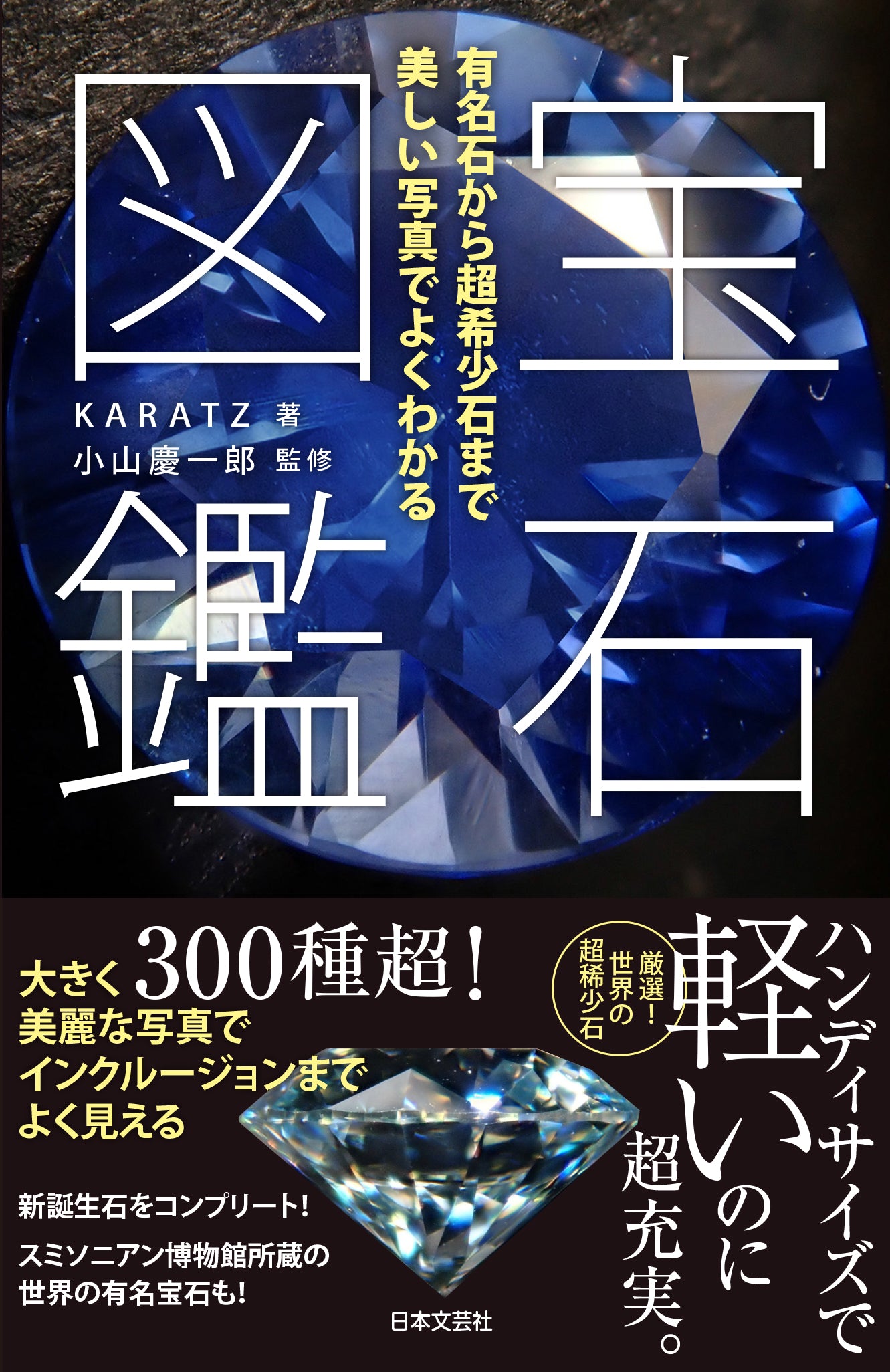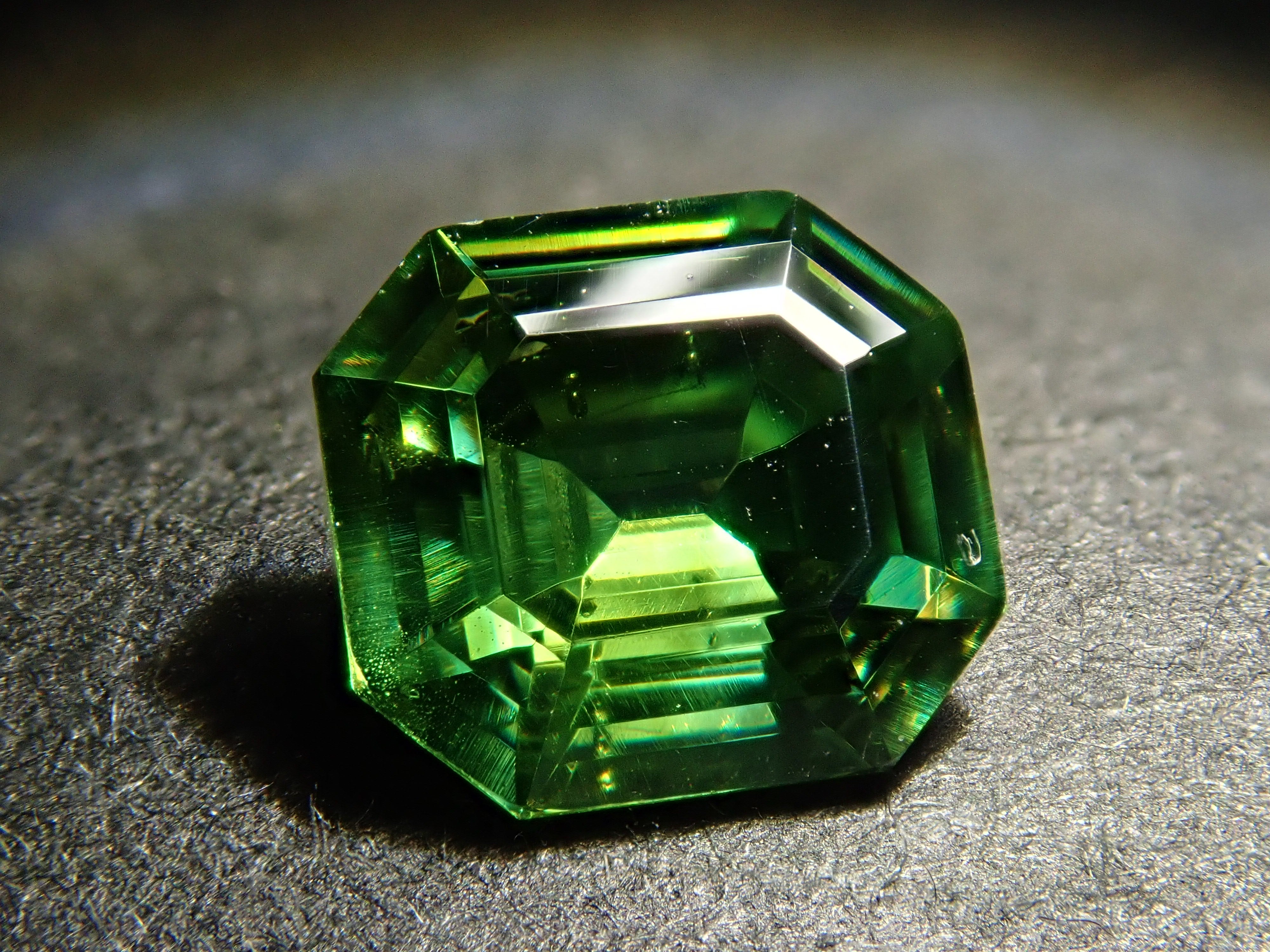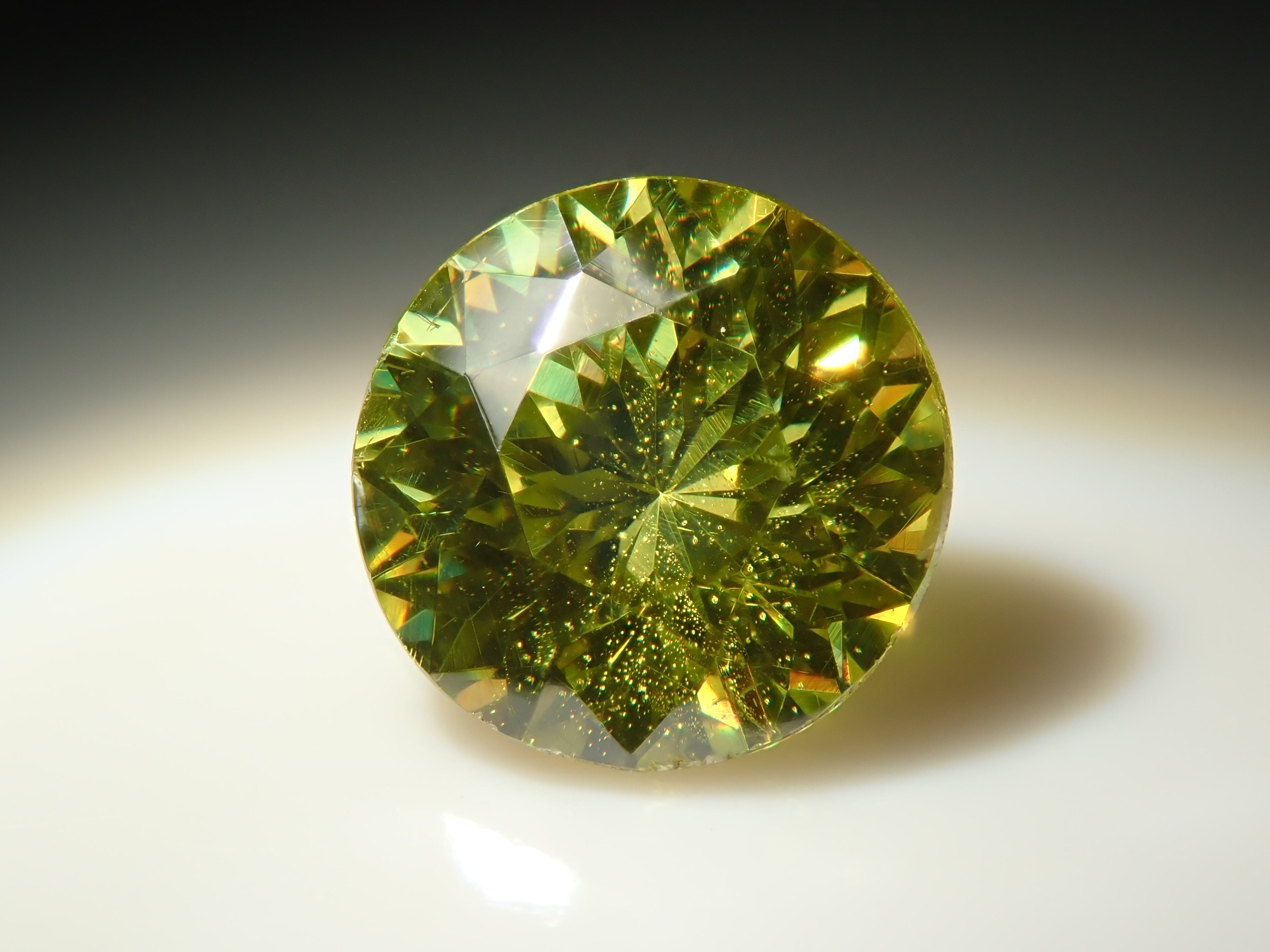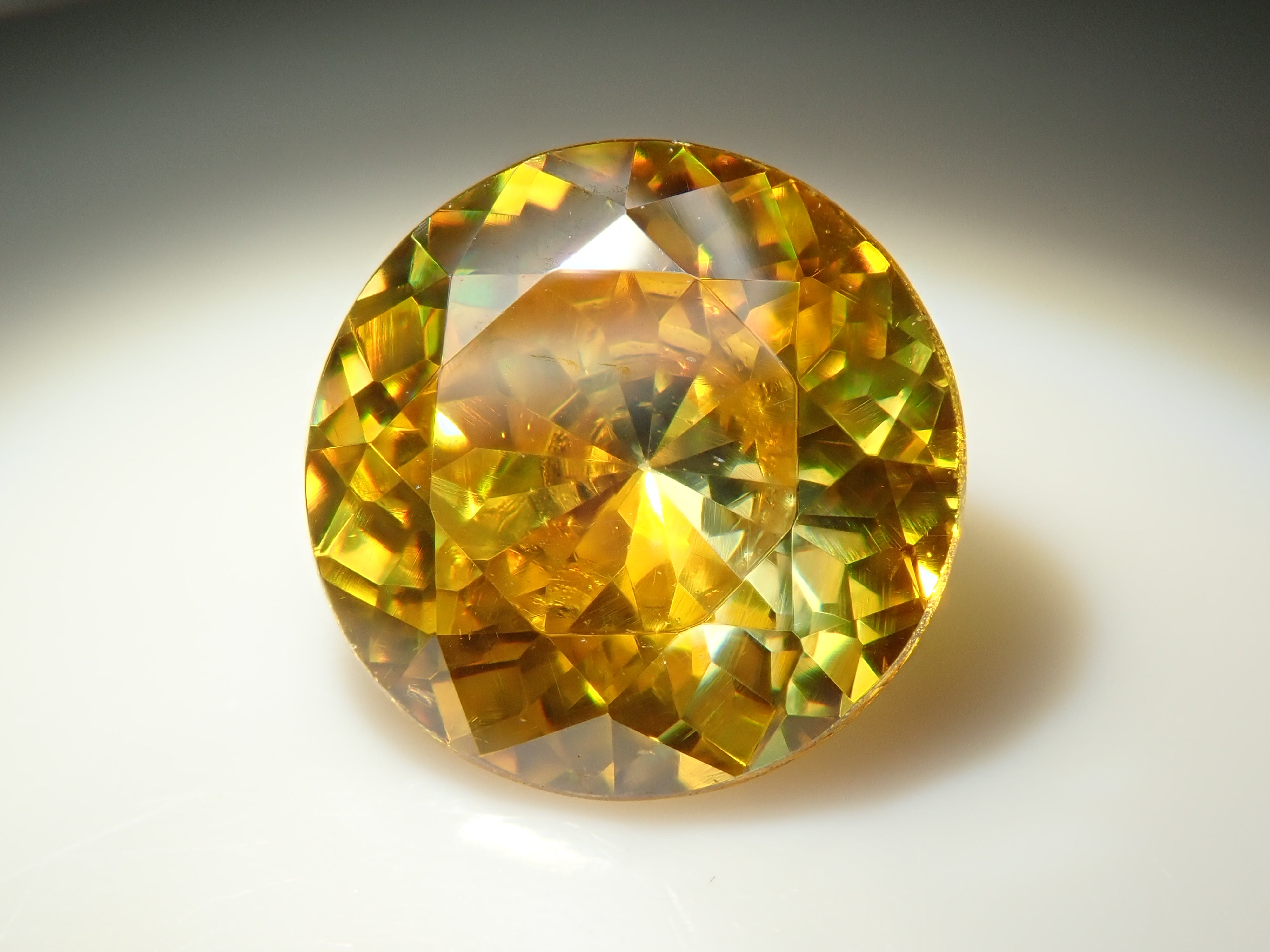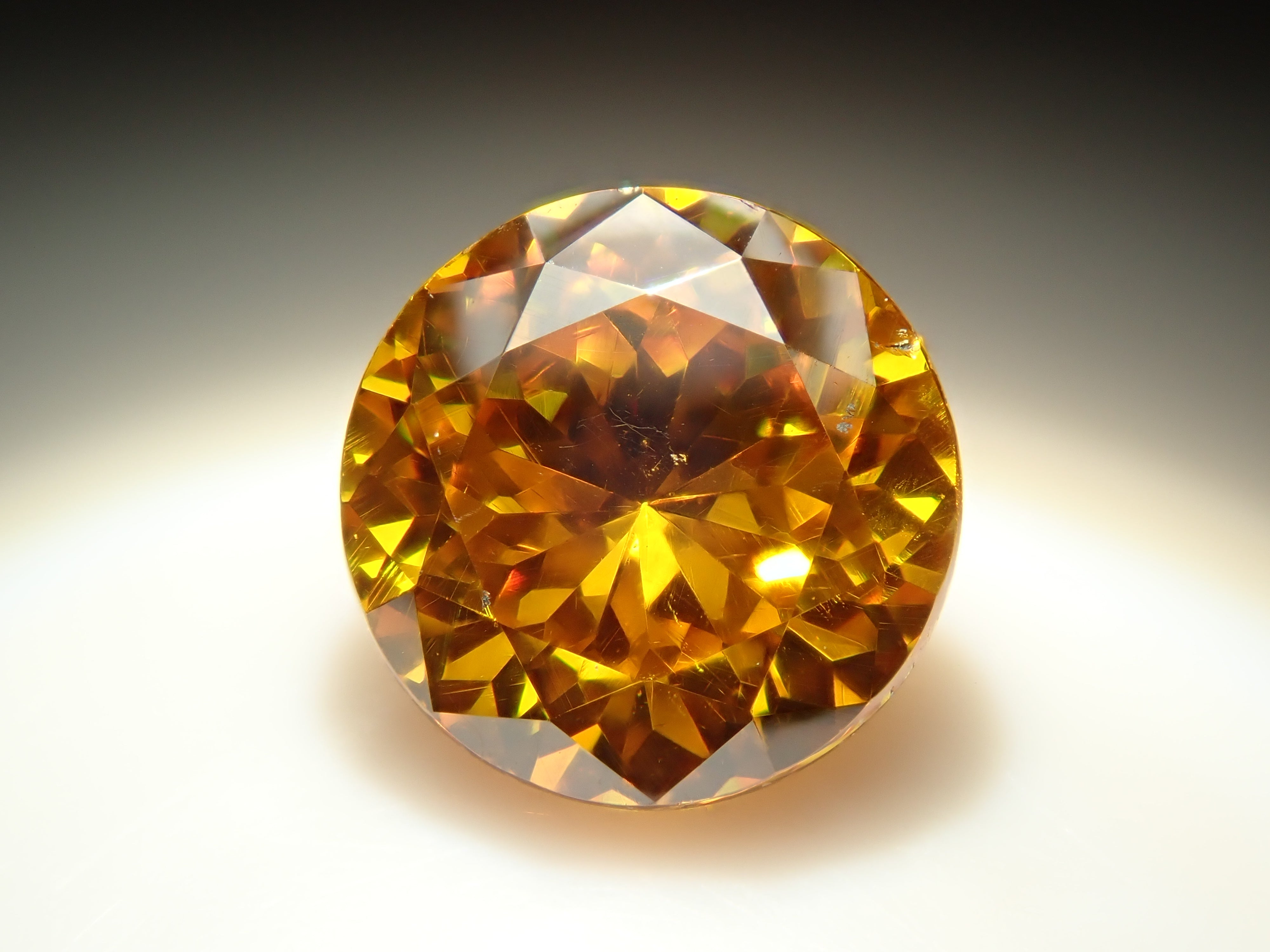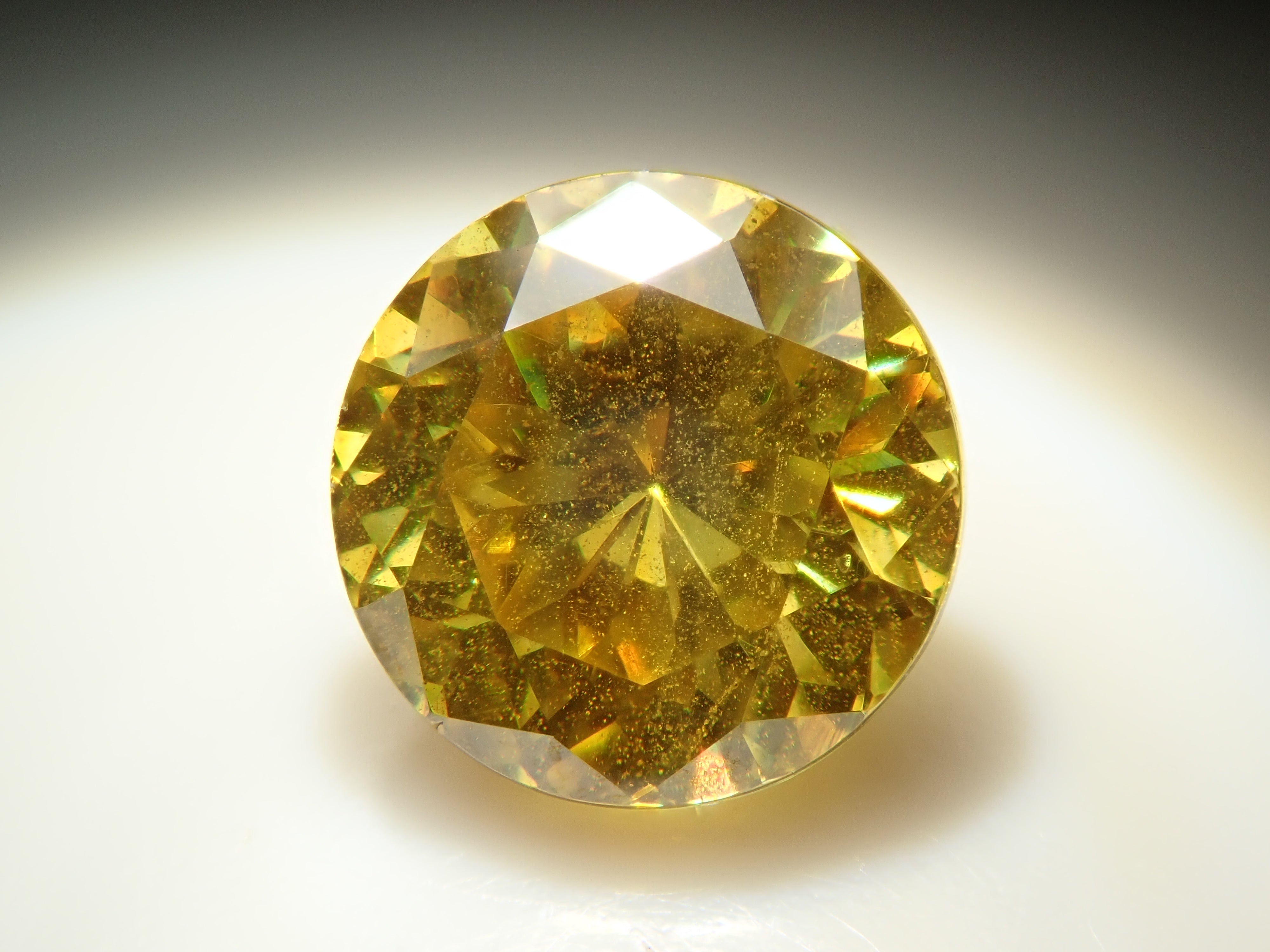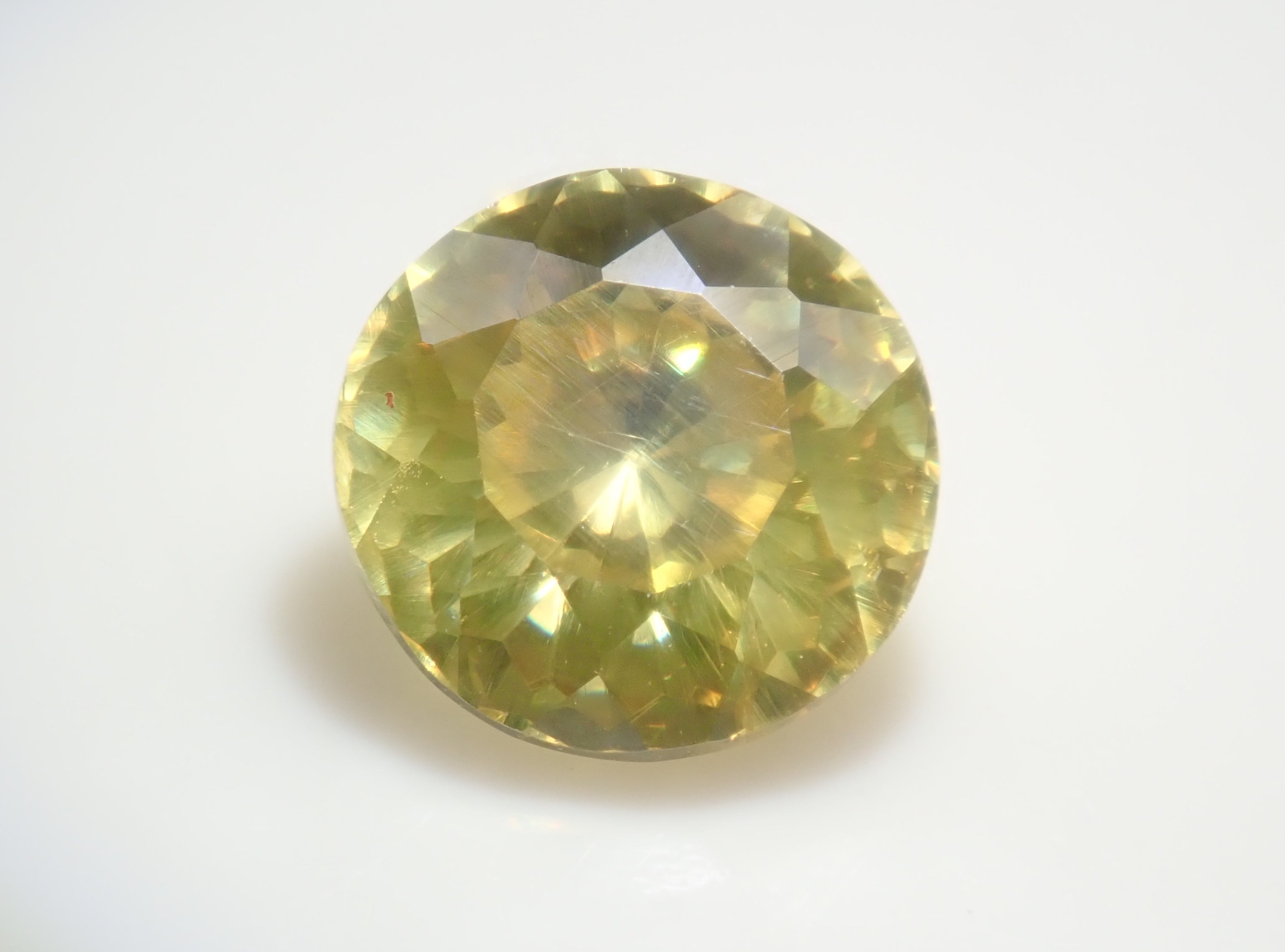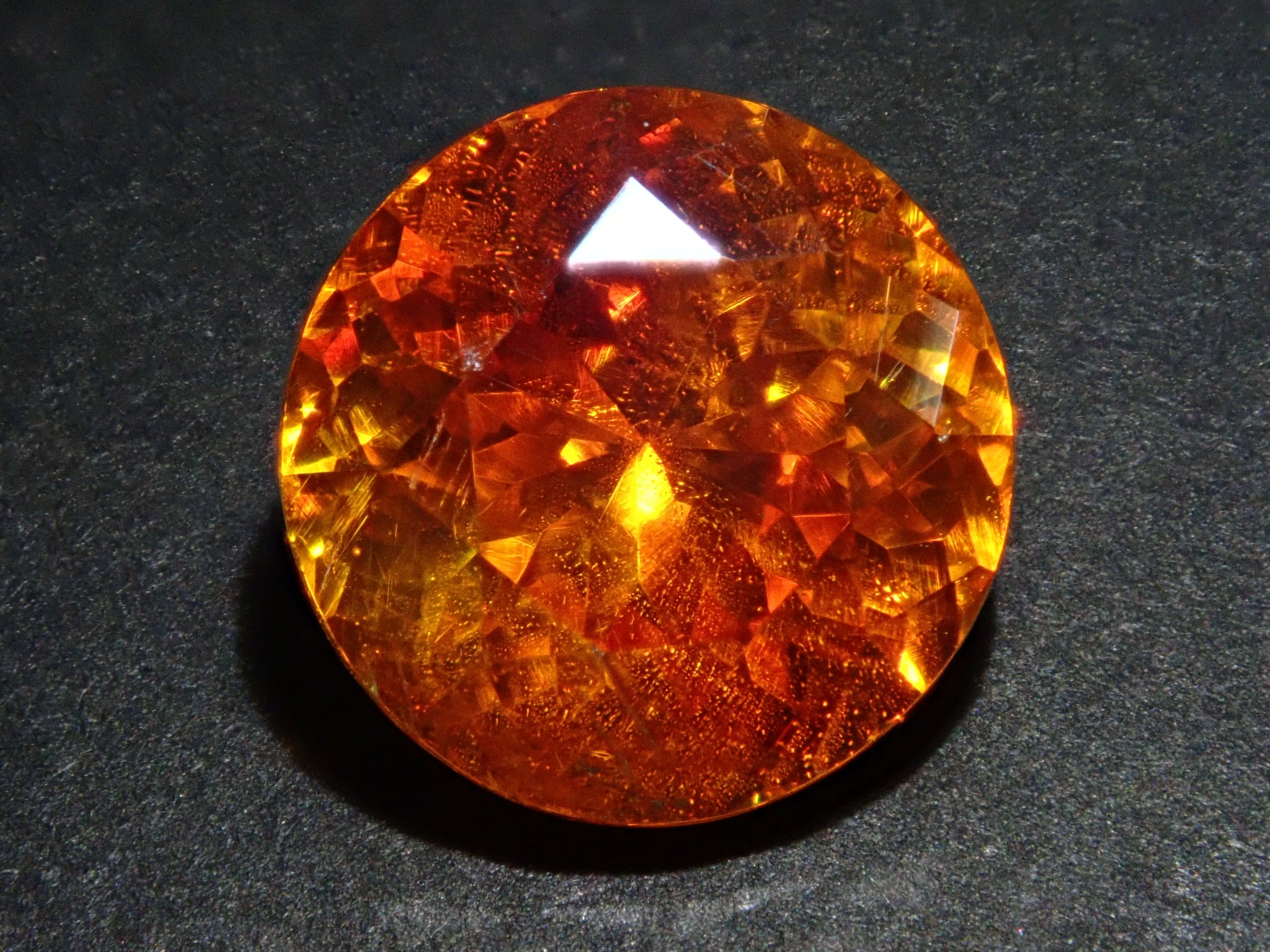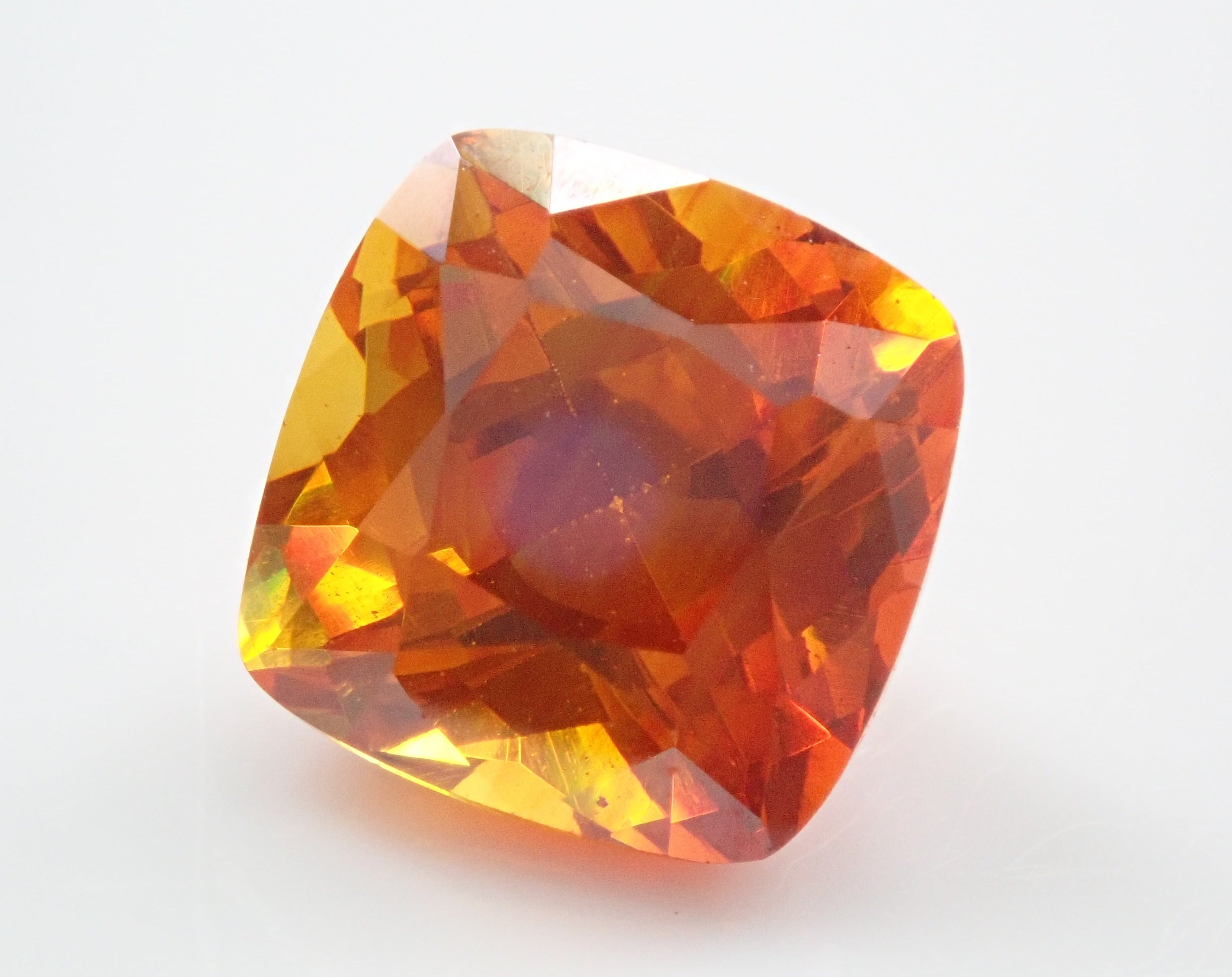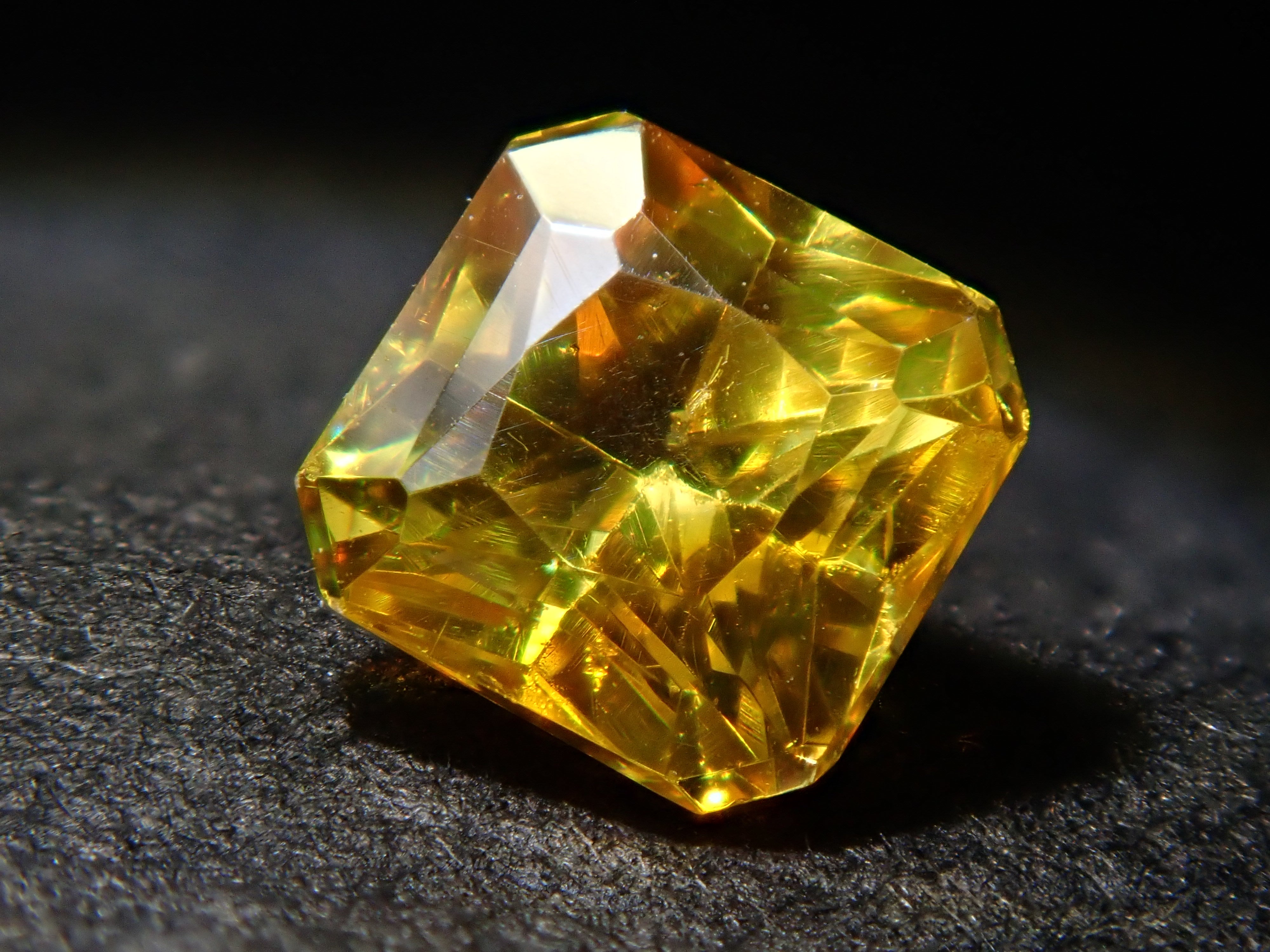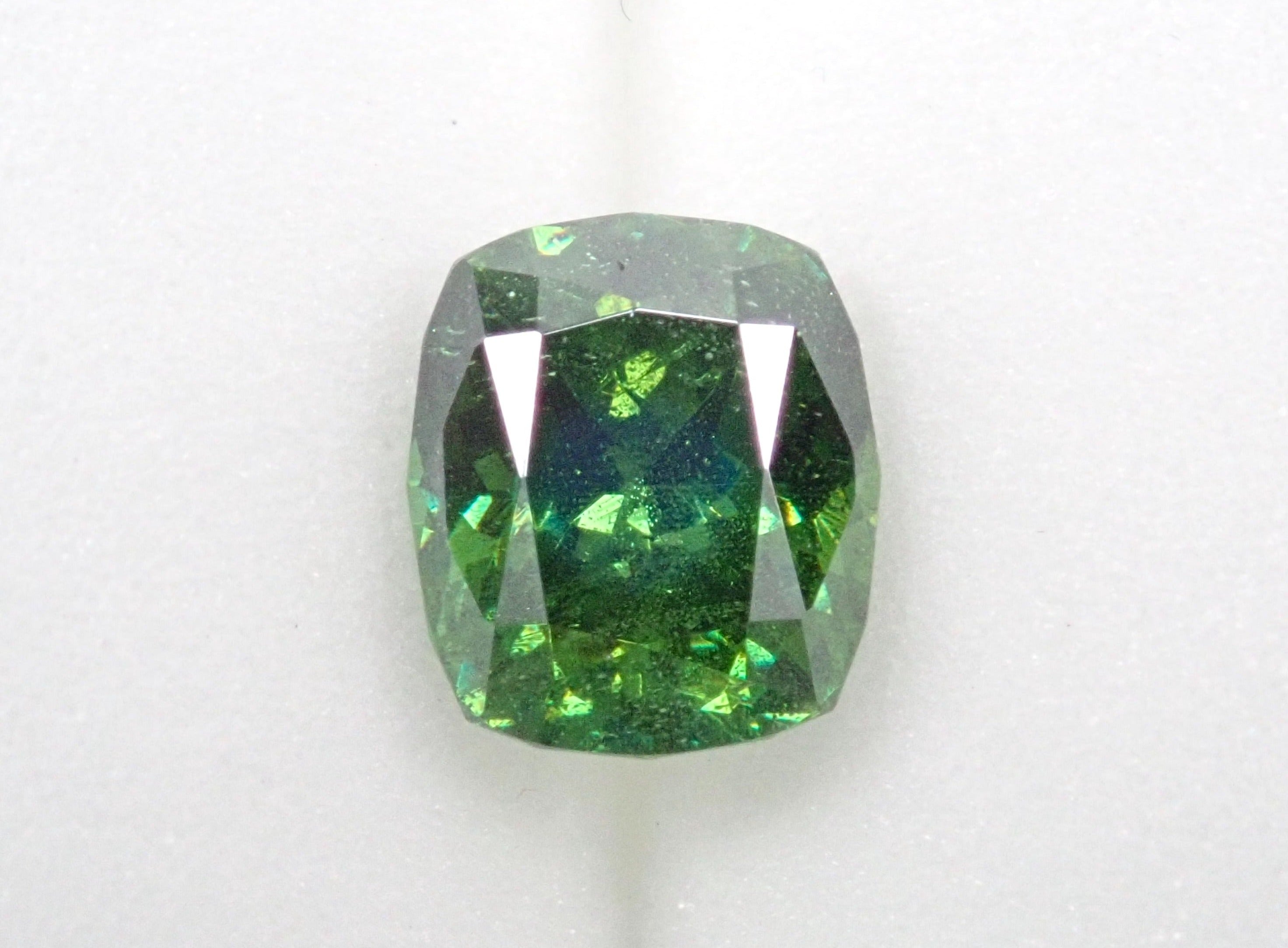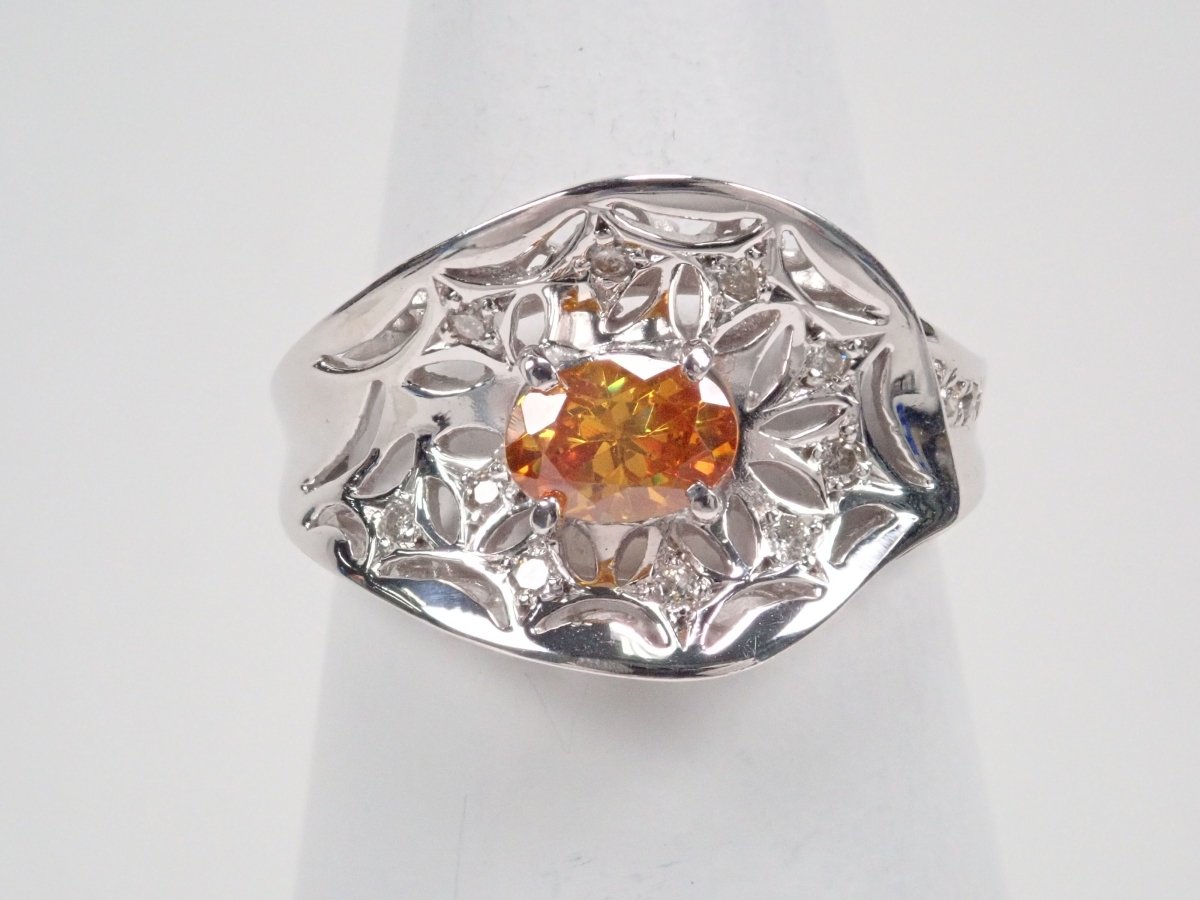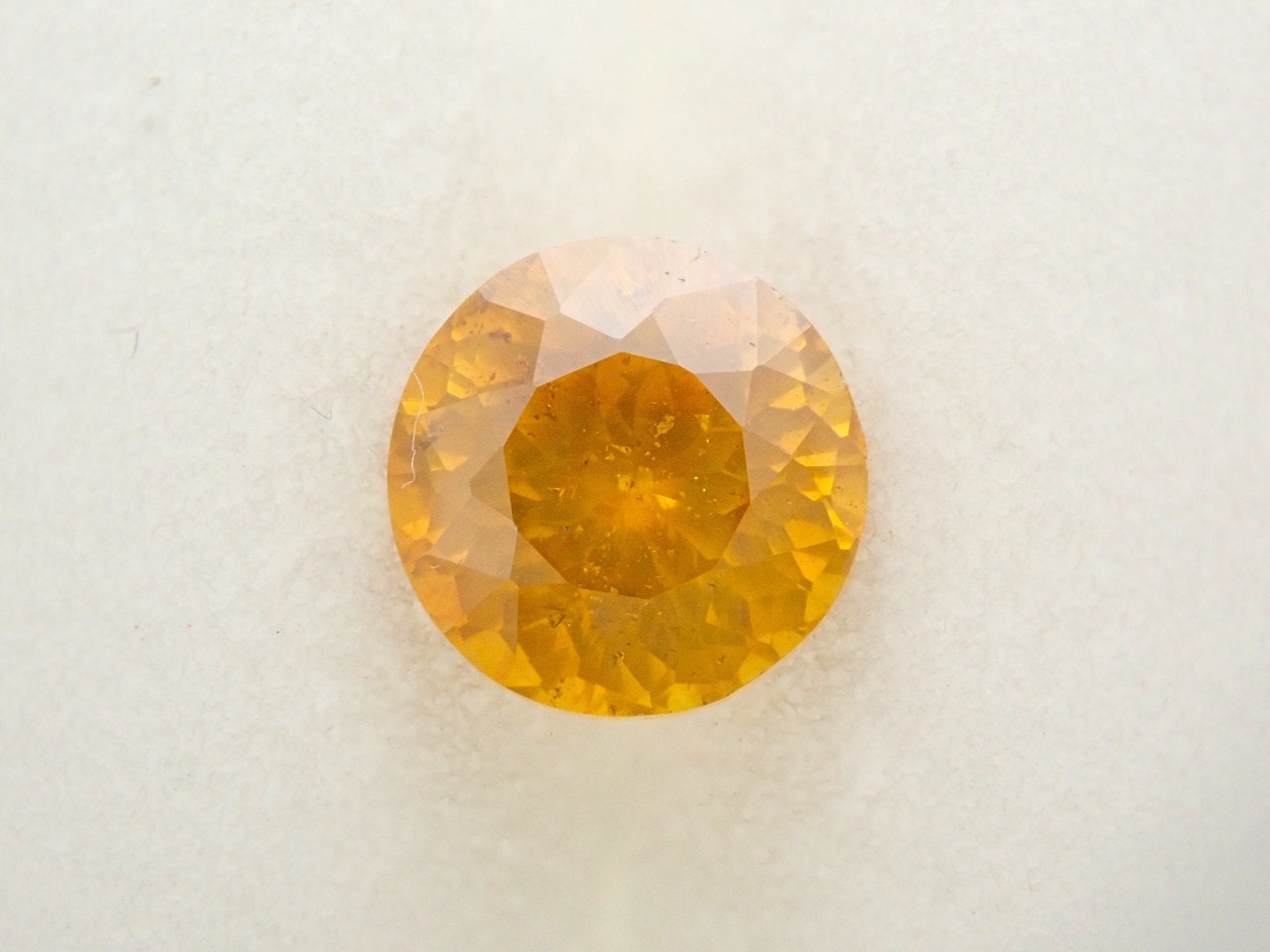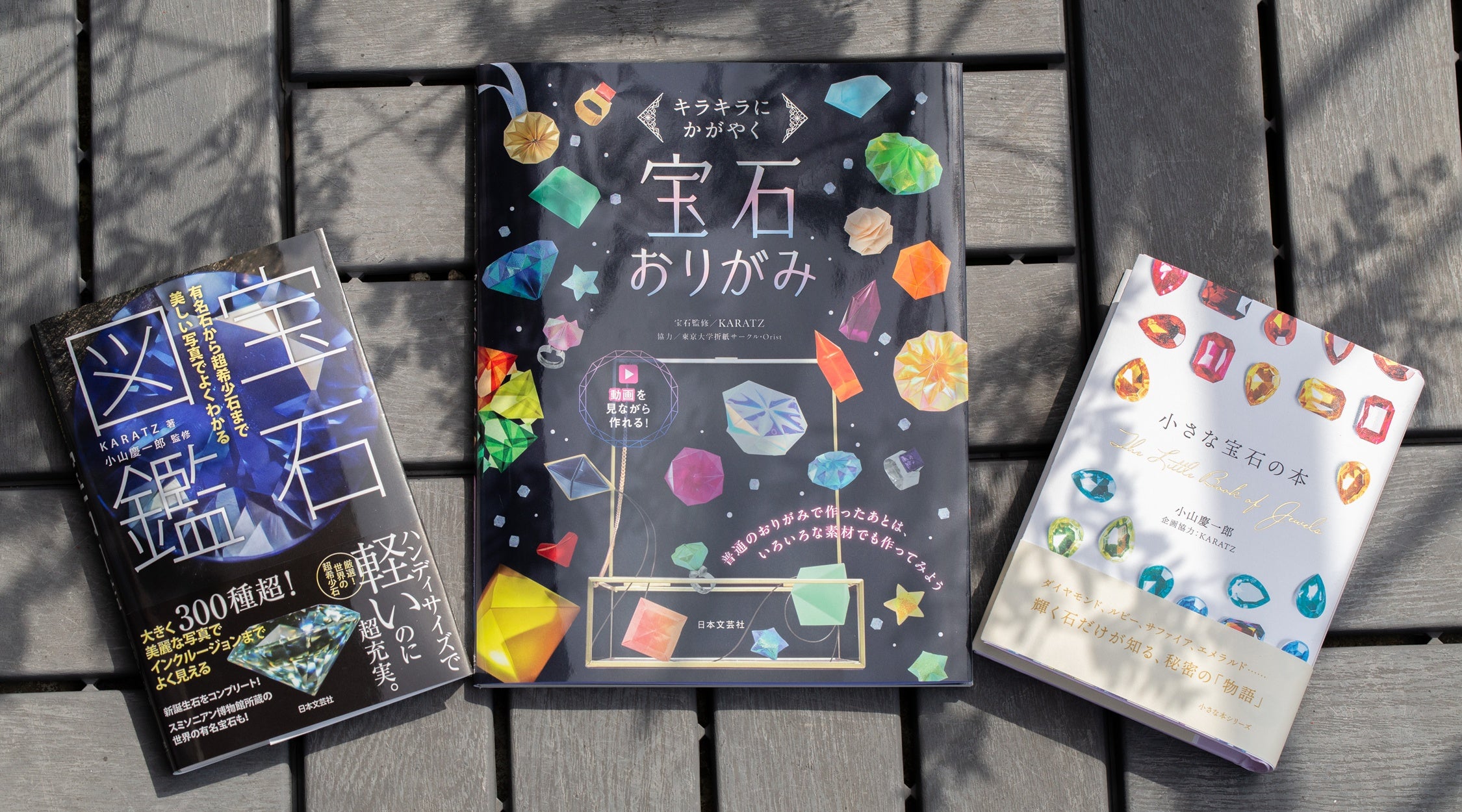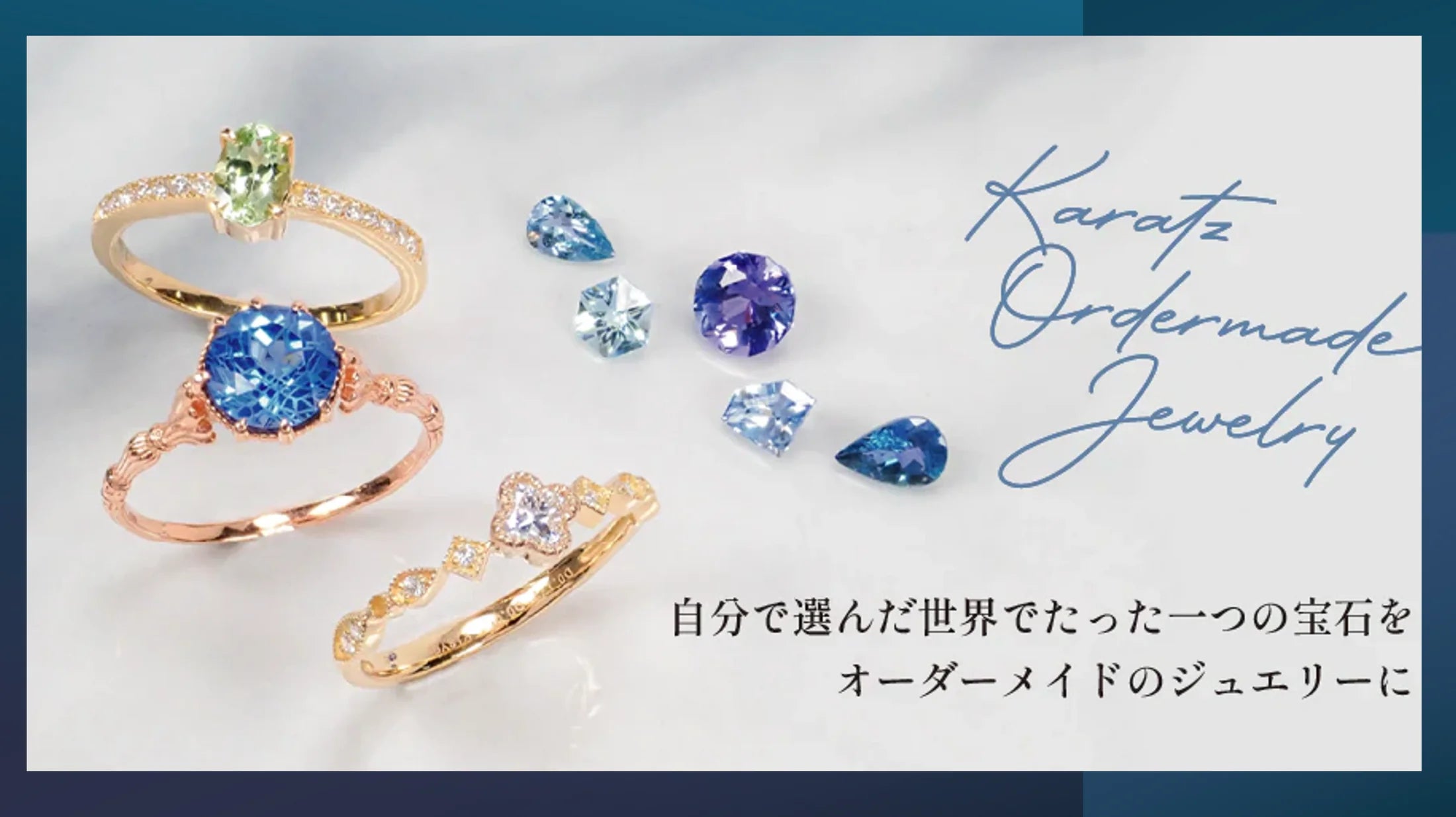
Why not take your favorite gemstone that you found at KARATZ and have it made into custom-made jewelry? It will be made by skilled Japanese craftsmen.
We carefully craft each piece of jewelry, starting with the stone setting, to match the individual characteristics of the gemstone.

So that more people can feel closer to jewellery and enjoy it easily.
We will introduce KARATZ's thoughts on products, the attention to detail and efforts in selecting gemstones and creating jewelry.

KARATZ's Initiatives and Social Contributions
We will introduce KARATZ's efforts, including nurturing the next generation and business collaboration to develop the industry, and supporting children in Sri Lanka, the land of jewels.


